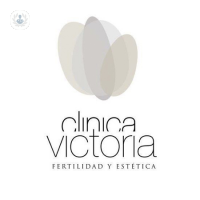Uterine malformations
During fetal development, the uterus is formed by two small tubes called Mullerian ducts, which are joined together to form a single larger body: the uterus. However, sometimes these tubes are not attached in the center of the pelvis, and that's when we speak of uterine malformations. The most common are: unicorne uterus (only form one side of the Mullerian ducts), double uterus (the ducts develop but fail to merge, so that the patient has double vagina) and bicornuate uterus (the part It is bifurcated above the uterus). A uterine malformation that causes no symptoms does not usually require treatment, but there is the possibility of an intervention surgery to remove uterine malformations vaginal canal or two uterine cavities gather into one, for example, and is performed by endoscopic surgery or open abdominal surgery.






